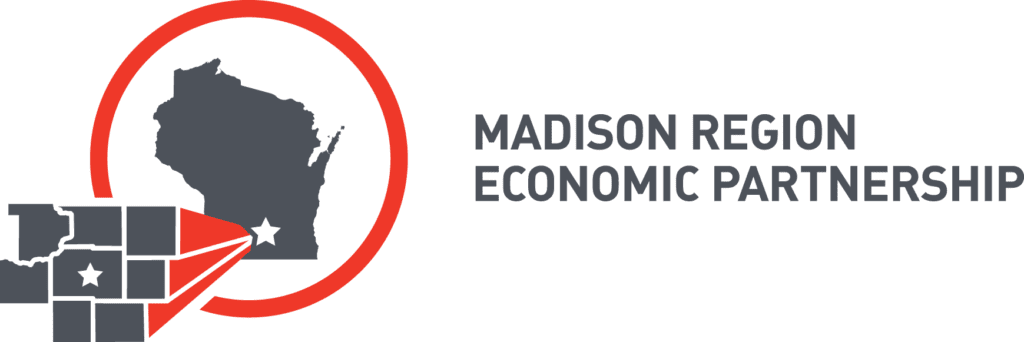Source: Baraboo News Republic
Looking to spur economic activity in low-income areas, the federal government has named much of Baraboo an Opportunity Zone.
Baraboo is one of 120 locations in Wisconsin designated Opportunity Zones by the federal government, and the only one in Sauk County. Uncle Sam is offering tax breaks for individuals or groups acquiring commercial properties in economically distressed areas, including deferment and even forgiveness of capital gains taxes.
The properties themselves don’t have to be distressed — anything purchased within the zone is eligible. Opportunity Zones lie areas with poverty rates of at least 20 percent. Baraboo’s zone covers the western and southern part of the community.
“It really is trying to get investment into those areas,” said Patrick Cannon, director of Baraboo’s Community Development Authority.
Opportunity Zones were created in the 2017 Tax Cuts and Jobs Act, which took effect Jan. 1.
Those buyers could include people or corporations facing federal capital gains taxes. They can make investments up to the amount of their capital gains obligation. In exchange, they can defer paying those taxes, enjoying a 10-15 percent write-off if they keep the property for five to 10 years, or see tax forgiven entirely if they keep it longer than 10 years.
The challenge is identifying areas that need stimulus but aren’t so distressed they scare off investors, said Farshad Maltes, director of strategic business development for the Wisconsin Housing and Economic Development Authority. Tax breaks are offered on investments in real property, stock and equipment.
“You have to have great need and also be able to attract investment,” he said.
The federal government estimated individuals and corporations held $6 trillion in unrealized capital gains in stocks and mutual funds alone in 2017. “The pool of potential investment is quite large,” Maltes said. “It’s a great opportunity.”
Ascertaining how many taxpayers take advantage of that opportunity will take years, as investors are required to keep properties several years before they can enjoy benefits. “It’s still kind of new,” Cannon said.
“We’re trying to figure out the economic impact of it,” said Brett Leifbried, an accountant at MBE CPAs in Baraboo. “Generally a lot of people just aren’t aware of it.”
Taxpayers face capital gains taxes when they sell a property or see its value grow. Average Americans also could benefit from the Opportunity Zone program. “It could be someone buying a duplex,” Leibfried said. “Every little tax credit you can take advantage of, I would think every bit makes a difference.”
There is no application or approval process — investors will simply note their Opportunity Zone acquisitions when they file their tax forms. “I’m sure we will definitely see activity,” Maltes said.
